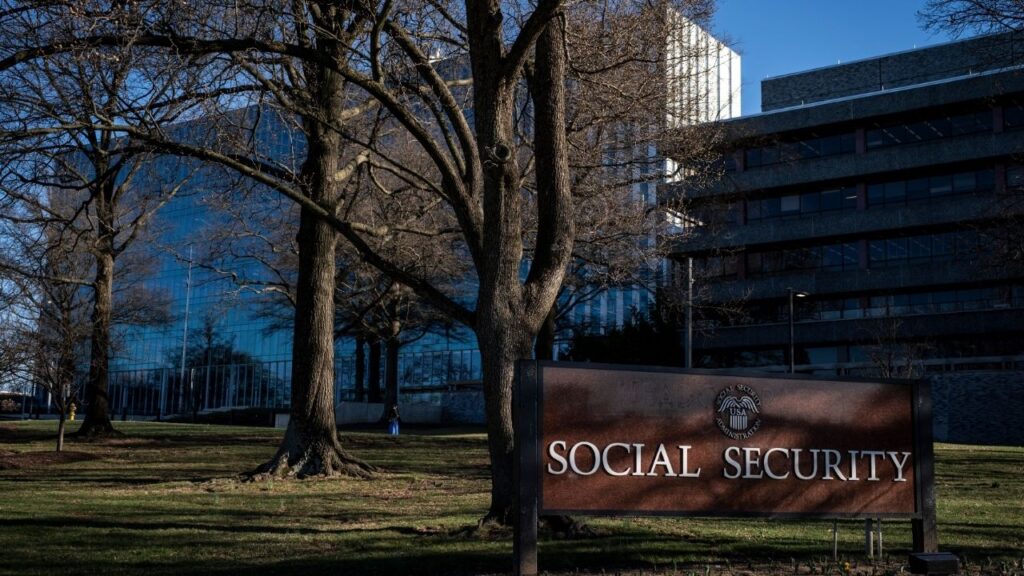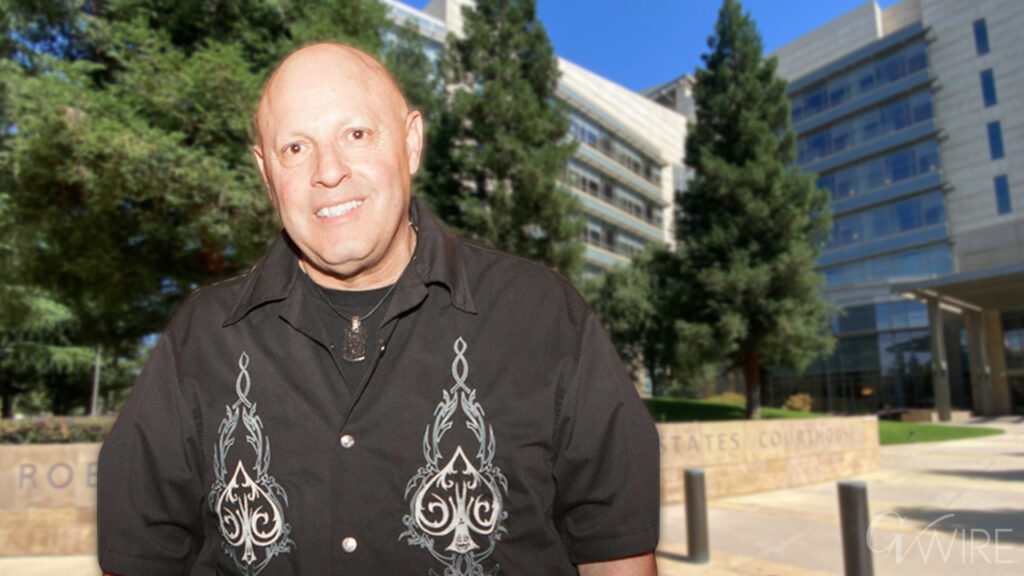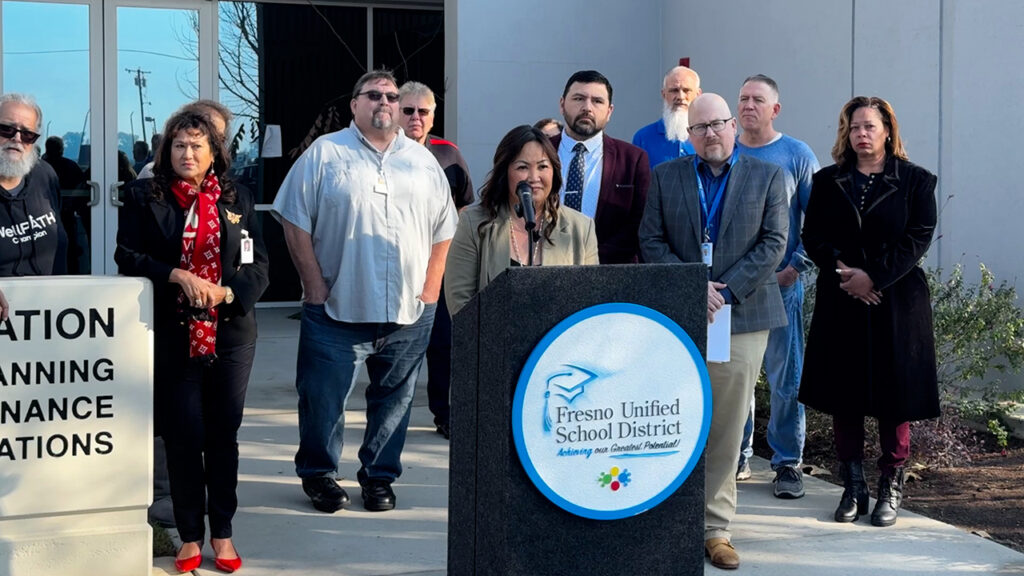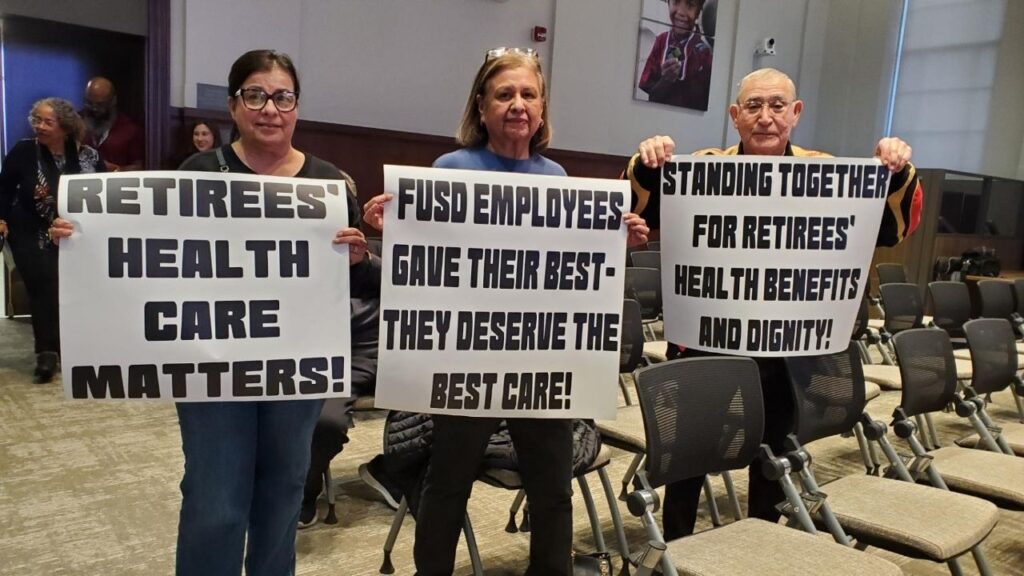In three rulings the U.S. Supreme Court dealt a body blow to the federal bureaucracy. From healthcare to climate to workers’ rights, California’s rules often go farther. (AP File)

- The Supreme Court's rulings could make federal regulations harder to enforce and easier to challenge.
- Despite these rulings, California's state rules often exceed federal regulations, potentially serving as a backup.
- The rulings may lead to a wave of litigation challenging long-settled regulations, with climate change regulations particularly vulnerable.
Share
|
Getting your Trinity Audio player ready...
|
Tucked between headline-grabbing opinions on presidential immunity, Jan. 6 rioters and homeless encampments, the U.S. Supreme Court closed out a momentous session late last month with a series of body blows to the federal bureaucracy.

Ben Christopher
CalMatters
Under three back-to-back rulings, regulations that touch nearly every aspect of the American economy and American life (see: rules on food safety, water quality, overtime pay, medical billing, carbon emissions, fisheries monitoring and housing discrimination, to name a few) may soon be harder to enforce, more convenient to challenge in court and easier to strike down once challenged. For the conservative legal movement and for major business interests who bristle under what they see as an overreaching federal regulatory apparatus, the rulings mark a once-in-a-generation victory against the “administrative state.”
But in California, the effects of those rulings may be a bit more muted, legal experts say. California has an administrative state of its own.
From worker safeguards to water regulations to LGBTQ-protections on college campuses, the rules enforced by California state agencies often meet and exceed the stringency of their federal counterparts. If judges begin swatting down federal regulations as a result of the recent decisions, California’s own rules could serve as a regulatory backup.
For critics of the court’s recent decisions, that’s some consolation.
“California is, in a way, better situated than some other states because it is big enough and it has enough expertise in state government to actually provide state law protections that can kind of compensate for weakened federal ones,” said Sean Donahue, a lawyer who represents the Environmental Defense Fund. “That may not be true in some smaller states.”
California has plenty of practice playing the role of Blue State bulwark against federal regulatory shifts to the right. During the Trump administration, the state’s Democratic leaders beefed up many state rules in the face of real or anticipated rollbacks out of Washington.
But as the state discovered then, there is a limit to how far California can go its own way. Many federal statutes explicitly prohibit states from overriding them. Such federal preemption has been decreed by the courts in other cases.
“Sometimes yes, California can go on its own,” said Ashutosh Bhagwat, an administrative law professor at UC Davis. “Sometimes it absolutely can’t, and sometimes it’s complicated.”
Related Story: California Boosts Spending to Help Students Earn Math and Science Degrees
Three Rulings Against the Bureaucracy
In what may be the most consequential of the session’s three regulatory rulings, the court’s conservative majority swept aside a 40-year-old judicial rule of thumb, known as “Chevron deference.”
The concept, named for the 1984 case that spawned it, required judges to defer to a federal regulator’s interpretation of how to implement a Congressional statute. In a high school civics class version of government, Congress passes the laws and the executive branch, with the President sitting at the top, simply enforces them. But enforcement is rarely simple. Congressional laws can be vague or fail to anticipate every eventuality, technological development or unforeseen problem. Since the New Deal, the federal government’s powers and responsibilities have expanded and grown more complex.
Chevron deference is the notion that if a statute is ambiguous and an agency’s interpretation is reasonable on its face, courts should let the bureaucracy call the shots.
No more.
In his opinion, Supreme Court Chief Justice John Roberts wrote that courts may “respect” federal agency expertise, but cannot automatically defer to it. “Agencies have no special competence in resolving statutory ambiguities. Courts do,” he wrote. The upshot: Regulated industries now have a better shot at successfully challenging the federal rules that govern them.
Building on the theme of putting a leash on federal bureaucrats, the majority also ruled against the Securities and Exchange Commission and put new limits on when agencies can use in-house administrative courts to levy fines, instead requiring agencies to take alleged rulebreakers to court.
In a third opinion, the Supreme Court ruled that the six-year statute of limitations for when an aggrieved business can challenge a federal regulation starts ticking whenever that suing party is first affected by the rule. Financial regulators in that case had argued that the shot clock starts when the rule itself is enacted, giving regulations a degree of finality once that time expires.
All three rulings were decided 6-3, with the court’s conservatives in the majority.
Related Story: California Legislature Makes a Flurry of Big Changes to November Ballot
Climate Change Regulations Especially Vulnerable
In her dissent in the statute of limitations case, Justice Ketanji Brown Jackson, a Biden appointee, warned that together with the end of Chevron deference, the court’s rulings would unleash a “tsunami of lawsuits against agencies” with the “potential to devastate the functioning of the Federal Government.”
Legal experts are still debating just how consequential these rulings will be. Granting less flexibility to federal regulators and opening them up to the threat of indefinite legal challenge from regulated industries implicates an unknowably vast universe of rules. But no one knows which rules are most vulnerable until they wind up in court.
“We’ll probably see now a wave of litigation challenging regulations that many had thought of as being long-settled, and how that shakes out in terms of its application to California businesses and California residents and consumers, we just don’t know,” said Julia Stein, an environmental law professor at UCLA.
Climate change regulations may be especially ripe for challenge. Lacking much actual legislation on the subject from Congress, the Environmental Protection Agency has resorted to creative interpretations of old environmental statutes, like the 1970 Clean Air Act, to justify its rules governing greenhouse gas emissions.
Such creativity may no longer fly, at least with conservative judges.
“Agencies have no special competence in resolving statutory ambiguities. Courts do.”
JOHN ROBERTS, CHIEF JUSTICE, U.S. SUPREME COURT
Federal regulators are “kind of hamstrung in the ability to take innovative approaches,” Stein said, now that the Chevron decision is history. “States, like California, are going to try to make up for that on the back end through their own authority and regulatory power, but it won’t be nearly as effective as if both those entities were working together.”
When a state can set its own rules isn’t always clear. Almost 60 years ago, Congress granted California the authority to set its own emission standards for vehicles. But a California mandate requiring major truck manufacturers to ramp up the sale of zero-emission vehicles might be an early test case, since experts are divided as to whether an interpretation of the Clean Air Act properly allows for such a law.
Related Story: Top California Democrats Propose Ballot Measure to Combat Retail Theft
California, Above and Beyond
There are areas of the regulatory universe where California law clearly can, and often does, go far above what the feds require.
Labor law is one example.
Most California workplace laws are more protective of employees than federal rules. Not only is the state’s $16 minimum wage more than double that required nationwide, the state also maintains and enforces its own rules on overtime pay, independent contractor status, workplace discrimination and workplace safety.
Most recently, the federal Occupational Safety and Health Administration proposed a rule requiring employers to protect workers from heat illness. California’s own workplace safety agency has had such a rule in place since 2005 for outdoor workers and is expanding it to those working indoors this year.
Those rules will stand regardless of legal challenges at the federal level.
“California is, in a way, better situated than some other states.”
SEAN DONAHUE , LAWYER, ENVIRONMENTAL DEFENSE FUND
Such challenges are already on the way elsewhere. The same day the high court snagged final say over rulemaking from federal agencies, a Texas judge cited the Chevron-ending decision in putting a new Biden administration overtime rule on hold for state employees.
A long established stereotype of California would suggest that lawmakers here are already ideologically predisposed to out-red tape Washington. But many of California’s supercharged state rules are of recent vintage, born out of resistance to the Trump administration.
In 2019, then-California state Sen. Hannah-Beth Jackson authored a handful of laws to put the federal rules that govern gender discrimination in schools and universities into state statute. That was in anticipation of controversial changes to Title IX, a 1972 civil rights law, proposed by the Trump administration.
Federal education regulators have mined Title IX’s mere 37 words to justify regulations on everything from school sports to sexual assault reporting standards to scholarships.
Protections for wetlands and migratory birds and bans of certain pesticides were also ratcheted up in California during the Trump era.
But that blue state playbook didn’t always go as planned.
In 2019, San Diego Sen. Toni Atkins, then the top Democrat in the state Senate, authored a bill to anti-Trump “backstop, essentially copy-and-pasting the more stringent federal environmental and workplace rules from the Obama era onto the state’s books. Gov. Gavin Newsom vetoed that bill, calling it “a solution in search of a problem.”
California: A Vision of Life After Chevron?
The raft of rulings were momentous, but not especially surprising to many court watchers. The Supreme Court had been either ignoring or actively chipping away at Chevron deference for years.
That has some legal experts, even self-described liberals, skeptical that the final effect will be as dramatic as the Supreme Court’s liberal dissenters and many alarmed commentators have suggested.
“The major clean water and clean air acts were passed in the ‘70s, long before Chevron,” said Bhagwat at UC Davis. “There was administrative law before that. So, the idea that you can’t have administrative law without Chevron is stupid.”
Ironically, anyone looking to see what a post-Chevron world might look like could turn to California. State courts never adopted a Chevron-like rule in reviewing regulations. Instead, they’ve taken a more holistic approach, in which agency interpretations might be granted more weight when they’ve been consistent over time and are based on its own area of expertise. That, in effect, is pretty similar to the new rules of the federal road laid out last month by the U.S. Supreme Court.
“So when people say, ‘Oh, this is kind of the end of the world, abolishing Chevron,’ it’s like, well, it hasn’t been the end of the world in California,” said Keith Bishop, a partner with the law firm Allen Matkins who used to work as a California state financial regulator. “At least, not yet.”
“The law doesn’t matter that much anymore.”
ASHUTOSH BHAGWAT, LAW PROFESSOR, UC DAVIS
Still, there are reasons to believe that certain courts outside of California will be keener to uproot regulations than they have been in California. That isn’t a result of differences in legal doctrine between courts, but of political philosophy, said David Carpenter, an appellate lawyer and partner at the law firm Sidley.
“In California, there would be a view that courts are going to be relatively more inclined to abide by or to follow or consider or give weight or respect to agency interpretations,” he said. “Depending on what jurisdiction the challenge is raised in, you might expect more hostility between the federal court and whichever administration is in power.”
Bhagwat shares the view that the outcome of a regulatory challenge will depend largely on the ideology of a given judge or court. That has led him to offer a less dramatic forecast of the law after this year’s spate of anti-regulatory rulings. “They were ignoring Chevron anyway,” he said. But it has led him to a much more dramatic and darker view of the law in general.
“We’re seeing the judiciary starting to reflect the polarization generally in American society,” he said. “There’s this sort of brutal reality on the ground, which is that the law doesn’t matter that much anymore.”
Rachel Becker and Jeanne Kuang contributed reporting to this story.
About the Author
Ben Christopher covers housing policy for CalMatters. Ben has profiled the people who fell through the cracks of California’s rickety COVID rent relief program, demystified the perennial debate between state regulators and local governments opposed to new housing, covered innovative ideas from cities on how to tackle their local housing shortages and explained how complicated legislative proposals about zoning, bonds and corporate ownership of single-family homes affect everyday Californians.
About CalMatters
CalMatters is a nonprofit, nonpartisan newsroom committed to explaining California policy and politics.
RELATED TOPICS:
Categories



















